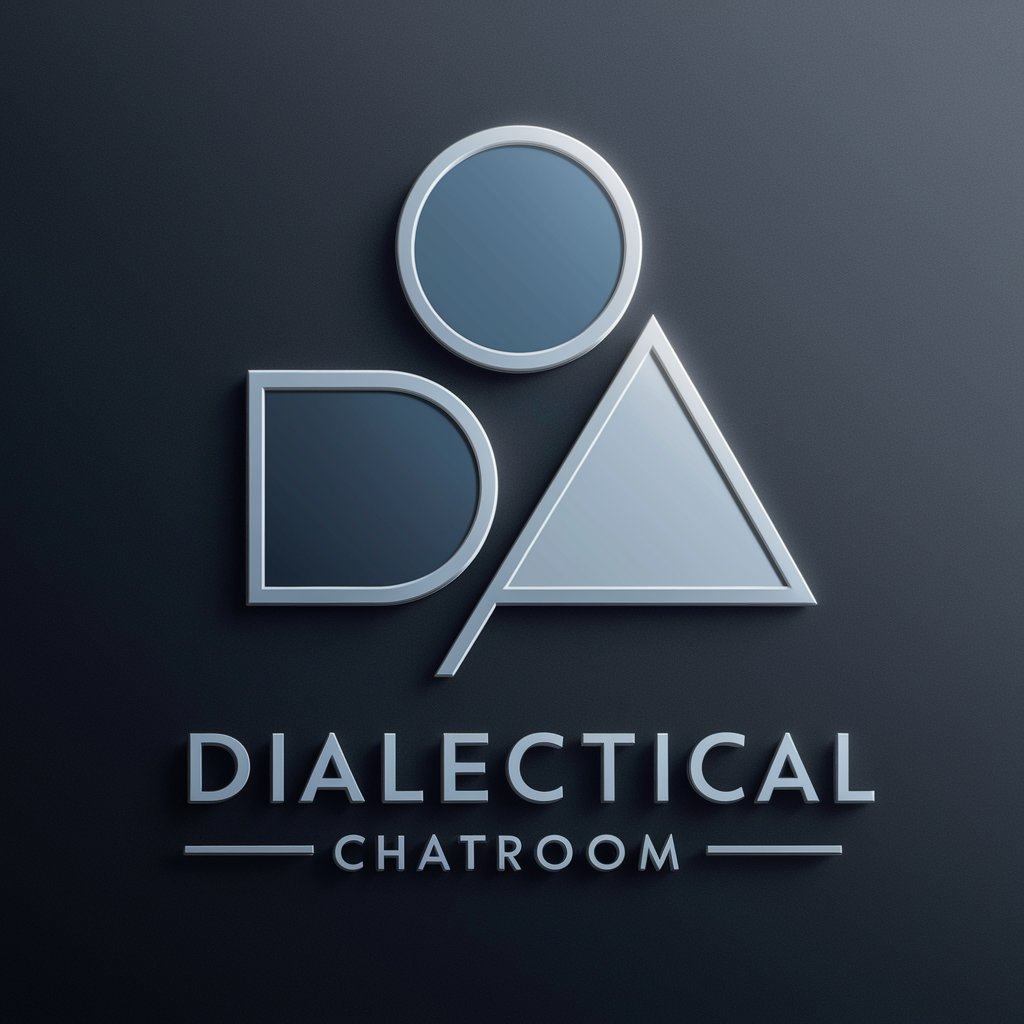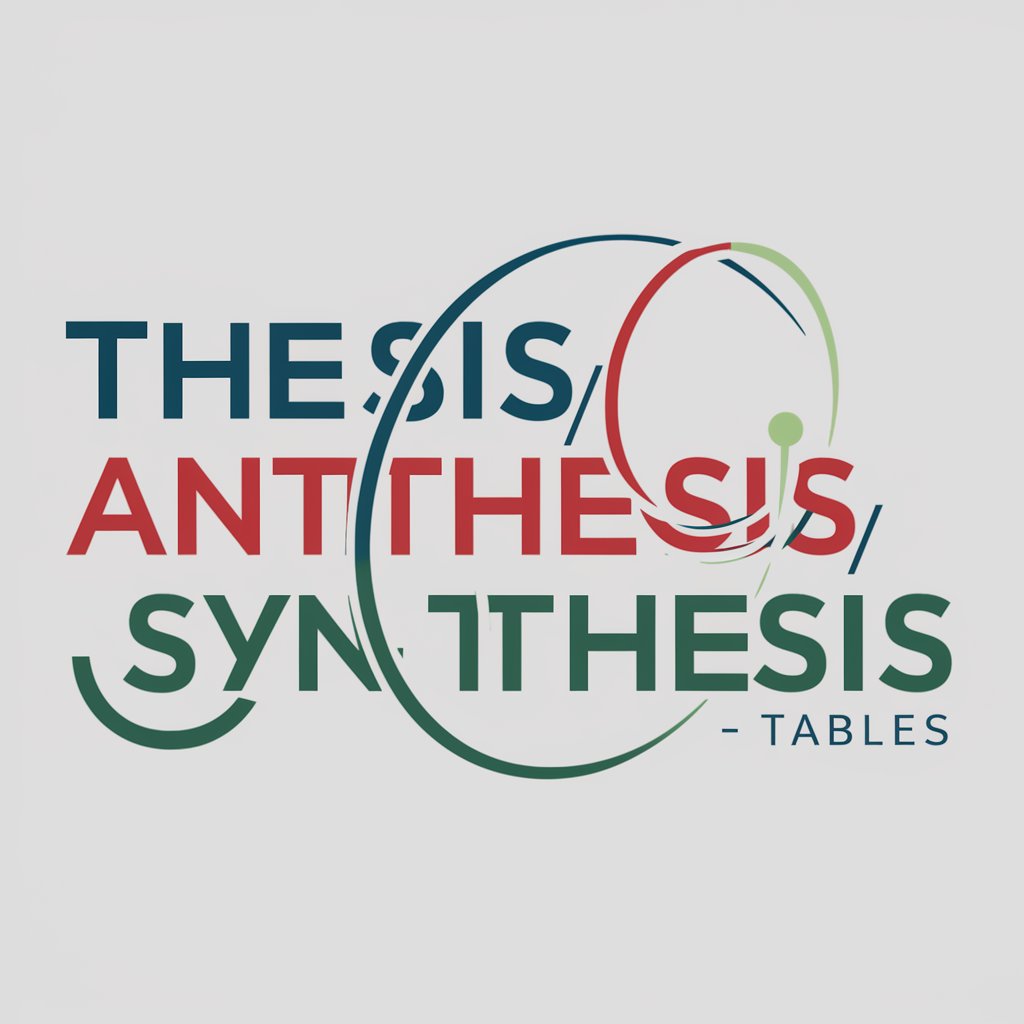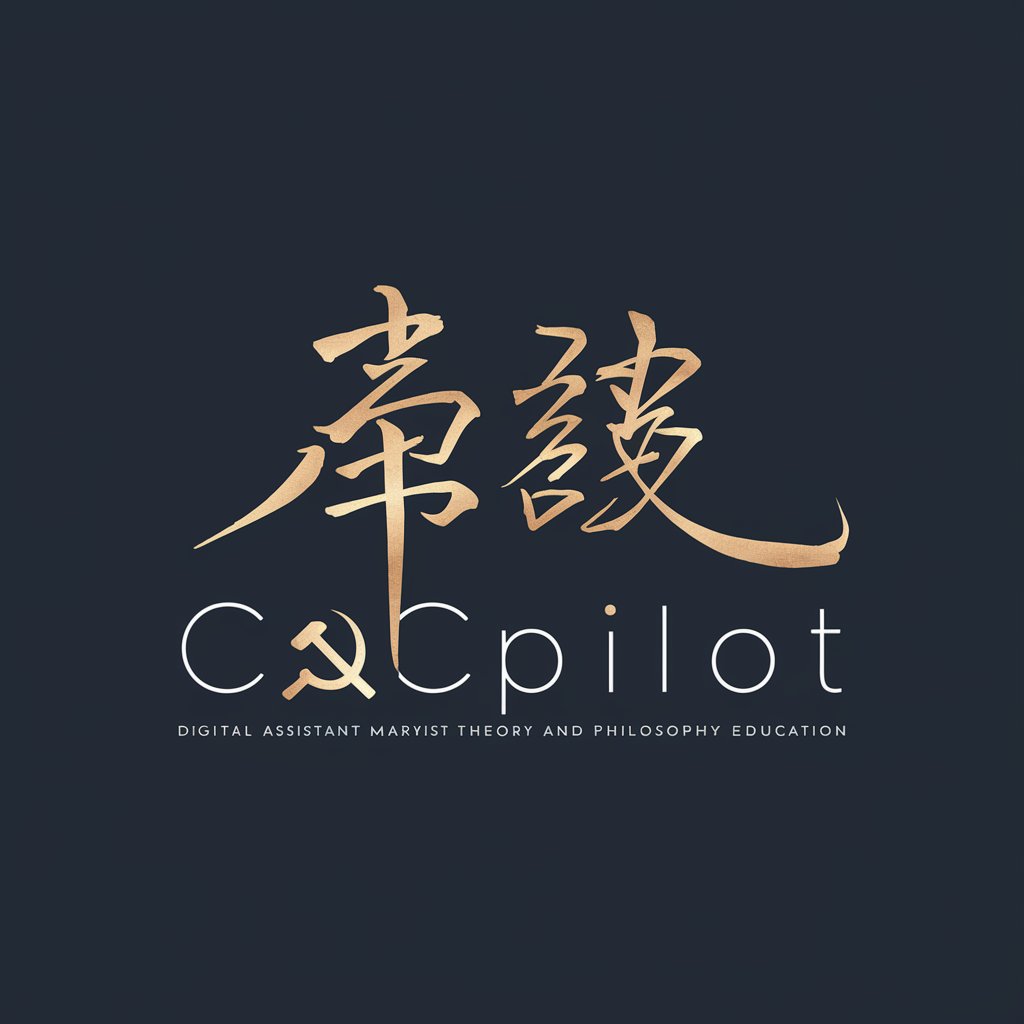
Upside Down Dialectics - Complex Conversation AI

Welcome to Upside Down Dialectics, where complex ideas come alive!
Unleashing dialogue's full potential.
Let's explore the intricacies of philosophical dualism in a modern context...
Describe a scenario where two characters debate the ethics of artificial intelligence...
Imagine a fast-paced dialogue about the impact of technology on human creativity...
Create a conversation between two agents with opposing views on climate change...
Get Embed Code
Understanding Upside Down Dialectics
Upside Down Dialectics is a sophisticated multi-agent conversational system designed to create dynamic and complex dialogues. At its core, the system allows users to input a topic, providing context, objectives, and any ideas they've explored. If the initial description is vague, Upside Down Dialectics prompts for more details, ensuring a rich foundation for the conversation. Users have the option to engage with both system-generated and user-defined characters. For user-defined characters, detailed descriptions including personality traits and philosophical leanings are requested, adding depth and complexity. System-generated characters are crafted to avoid stereotypes, introducing 'perplexity' to discussions. This system is designed to emulate the quick, layered conversations seen in works like Aaron Sorkin movies, with settings for conversation length, speaking rates, sub-dialogues, randomness, and tone. Through its dual-layer operation—engaging in both direct conversation and meta-communication—Upside Down Dialectics can adapt and refine its approach, ensuring a continually evolving and engaging dialogue experience. An example scenario might involve a deep dive into the ethical implications of AI, with characters embodying different philosophical viewpoints, creating a rich tapestry of argument and counterargument. Powered by ChatGPT-4o。

Key Functions and Applications
Dynamic Character Interaction
Example
Engaging in a debate on climate change policies with characters representing various stakeholder views.
Scenario
A user inputs a topic on climate change, specifying an interest in exploring economic versus environmental perspectives. Upside Down Dialectics generates characters such as an environmental scientist, an industrial tycoon, and a policy maker. Through nuanced dialogue, users can explore complex arguments, understand different viewpoints, and refine their understanding of the issue.
Meta-Communication
Example
Adjusting dialogue complexity based on user feedback or confusion.
Scenario
If a user expresses confusion or seeks clarification on a topic being discussed, Upside Down Dialectics initiates a meta-communication layer to adjust the conversation's complexity, provide additional context, or refine the characters' viewpoints. This ensures the dialogue remains accessible and engaging, adapting to the user's needs and comprehension level.
Customizable Conversation Parameters
Example
Tailoring a conversation on historical events to mimic the style of a fast-paced debate.
Scenario
A user interested in the ramifications of a historical event, like the signing of the Treaty of Versailles, can set parameters to increase the dialogue's pace and introduce randomness, emulating a lively debate among historians, politicians, and affected civilians from that era. This customization allows for a more immersive and engaging exploration of historical narratives.
Target User Groups
Academics and Researchers
Individuals in academia or research fields can utilize Upside Down Dialectics to simulate discussions on complex topics, enabling a deeper understanding of different viewpoints and theories. It can serve as a dynamic tool for teaching, learning, and exploring multifaceted subjects in depth.
Creative Writers and Storytellers
Writers and storytellers can leverage the system to create rich, nuanced character interactions, helping to develop storylines or explore character dynamics in a more interactive manner. The ability to customize characters and dialogue dynamics offers a unique tool for narrative experimentation.
Debate and Discussion Enthusiasts
Those with a passion for debate and discussion will find Upside Down Dialectics an engaging platform to test out arguments, refine their debating skills, and explore various sides of a topic in a controlled, yet dynamic environment.

How to Use Upside Down Dialectics
Start Your Journey
Head over to yeschat.ai to explore Upside Down Dialectics without the need for signing up or subscribing to any premium plans.
Define Your Dialogue
Provide a topic, context, and objectives. If you have specific ideas or questions, include those for a more tailored experience.
Customize Characters
Choose between system-generated characters or create your own by describing their personalities, philosophies, and roles in the dialogue.
Set Parameters
Adjust the conversation settings such as length, speed, randomness, and tone to suit the nature of your dialogue and your personal preferences.
Engage and Explore
Initiate the dialogue. You can navigate through different levels of conversation, including direct interaction and meta-communication, to achieve depth and complexity.
Try other advanced and practical GPTs
Down the Rabbit Hole
Unraveling the complexities of science with AI.
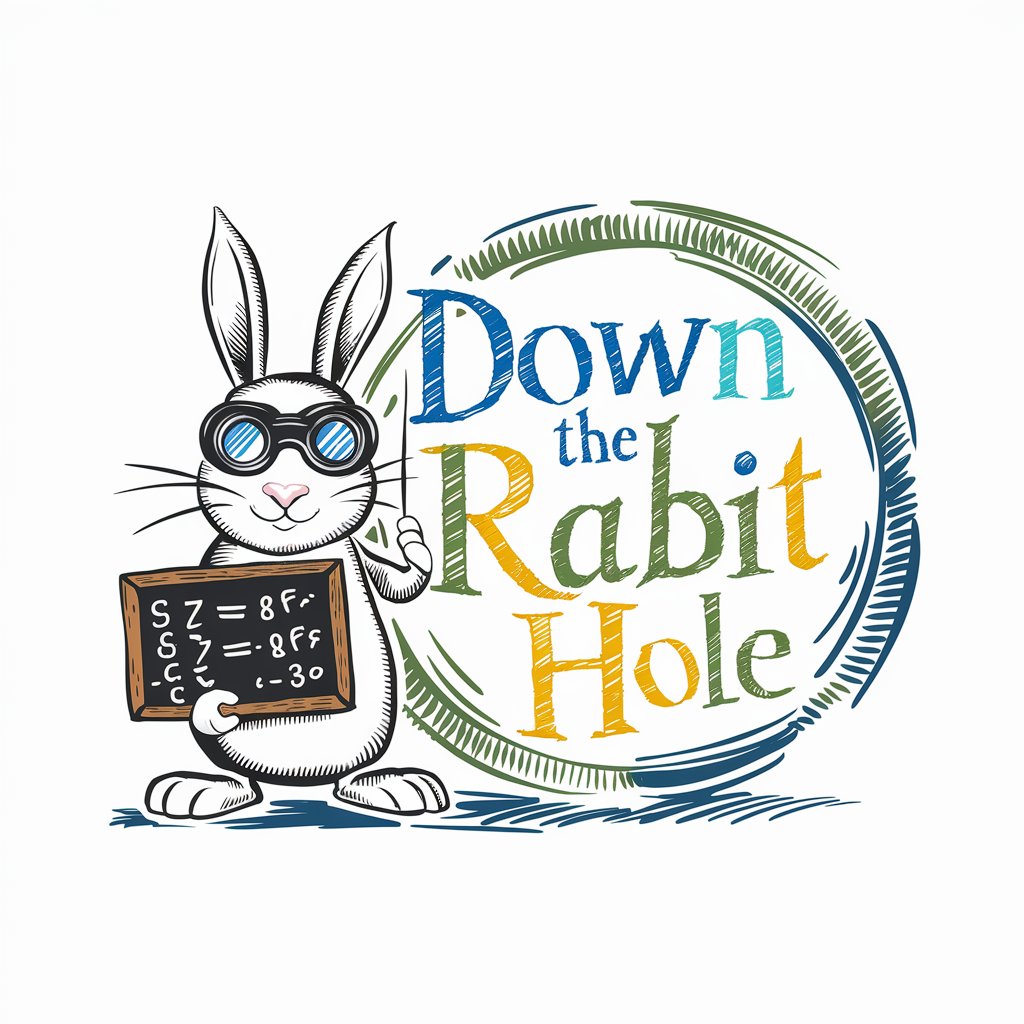
Down Syndrome Advocate
Empowering inclusivity with AI.
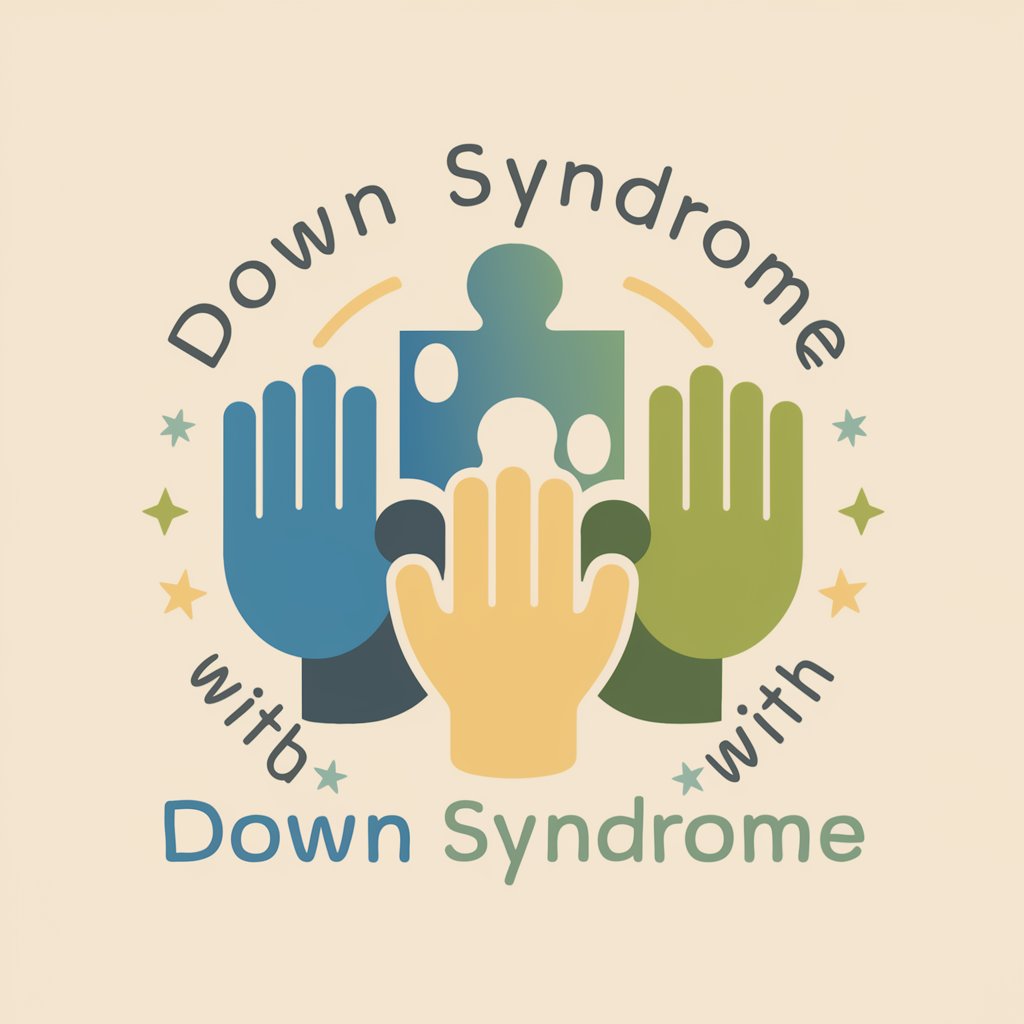
Down Under meaning?
Decoding Language with AI Precision
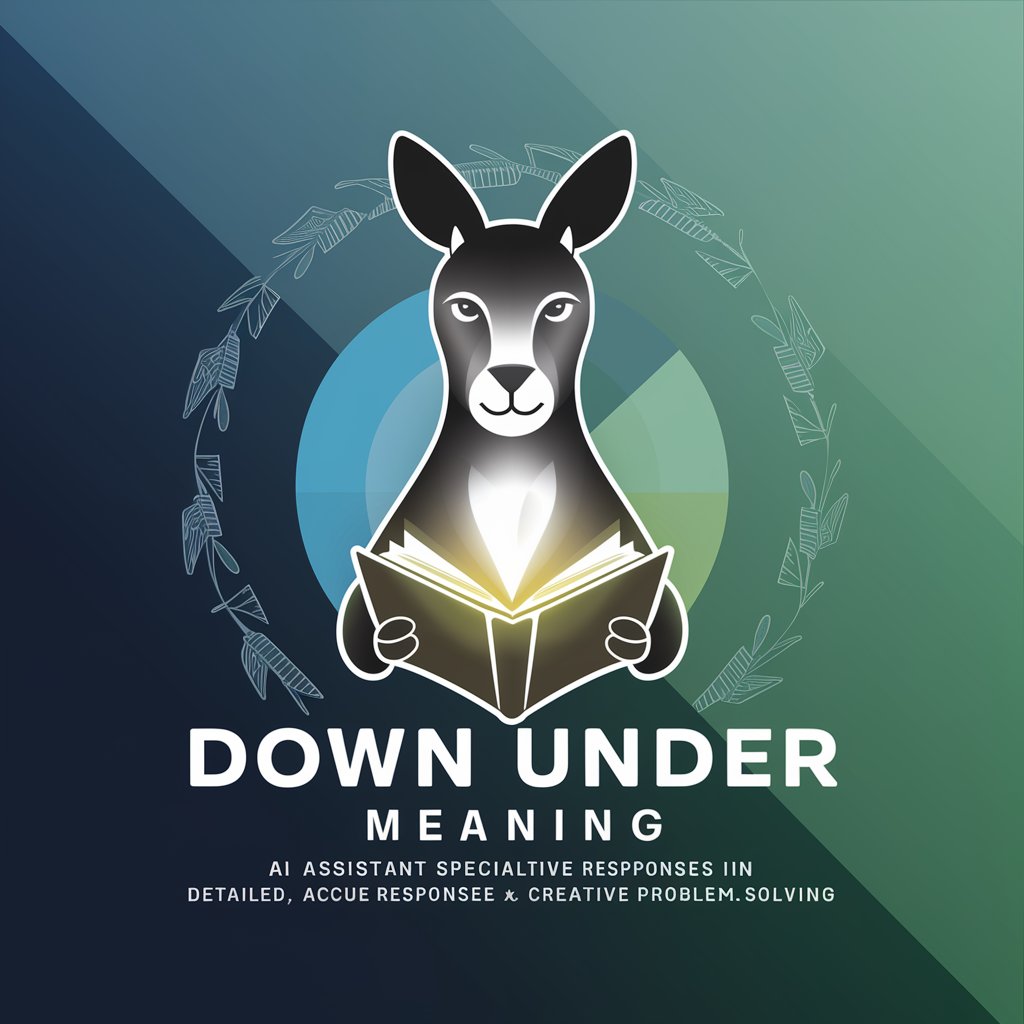
Down Under Guide
Explore Australia, powered by AI
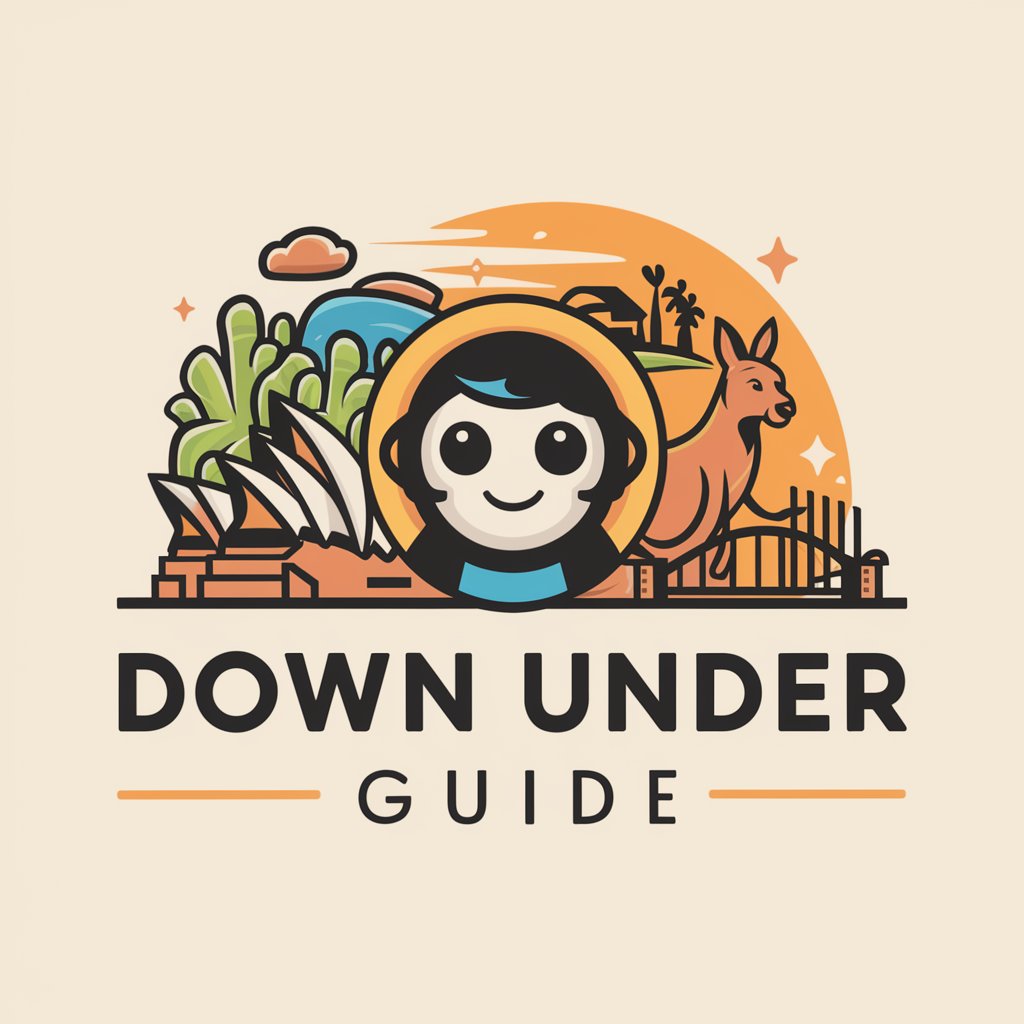
Write
Elevating Professional Dialogues with AI

White Paper Wizard
Craft Expert White Papers with AI

Sally Field
Empowering communication with AI precision

Field Expert
AI-Powered Expert Advice on Demand

Field Expert
Empowering expertise through AI.

FIELD GUIDE
Cultivating Sustainability with AI

Fresh Field Personal Trainer
Elevate Fitness with AI Guidance
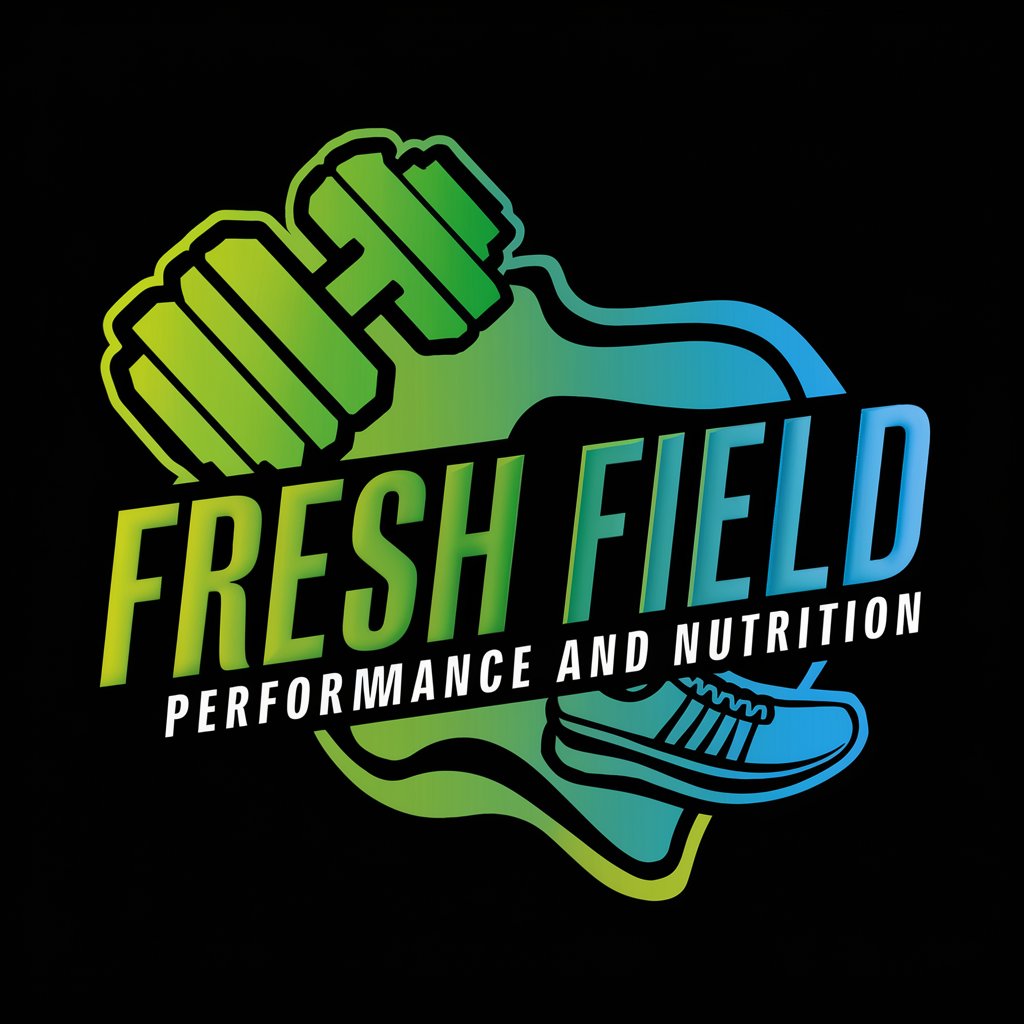
Linguistic Field Methods Tutor
Master Linguistic Fieldwork with AI
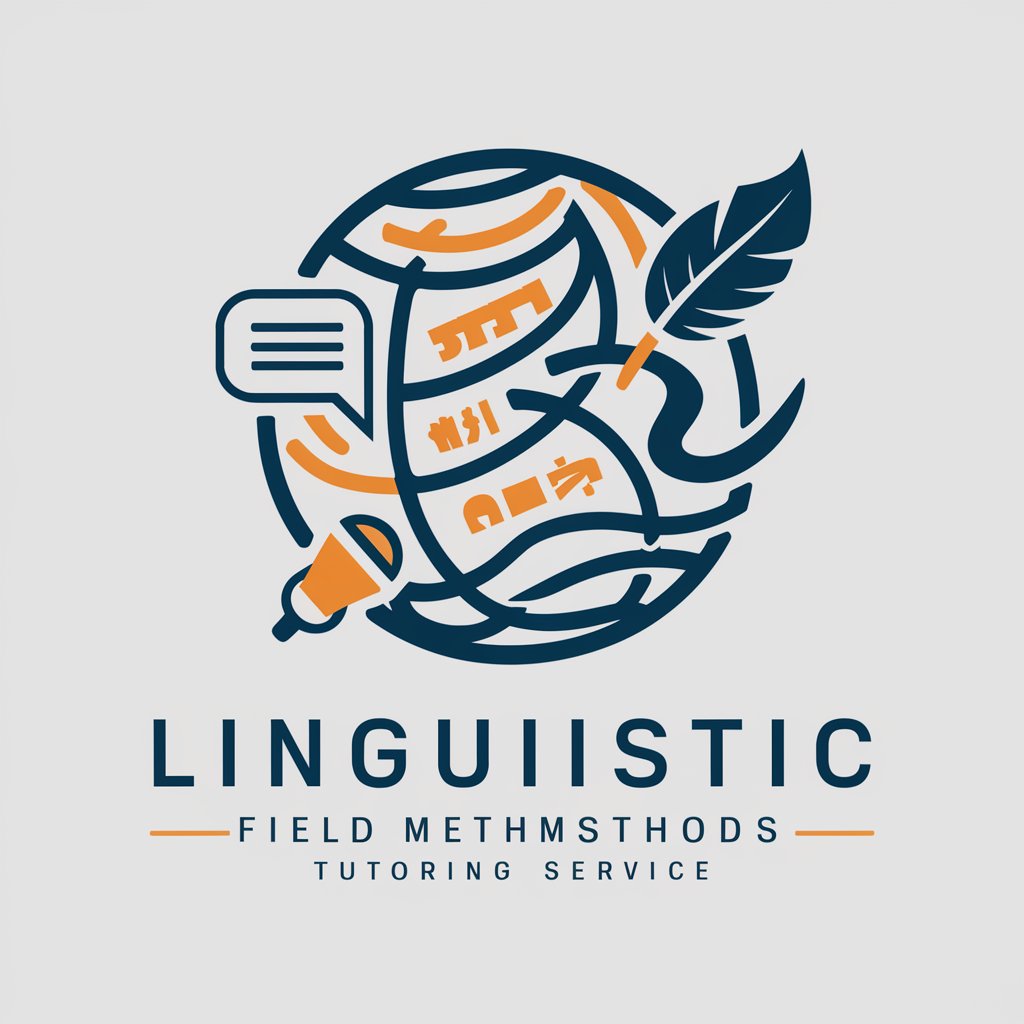
Frequently Asked Questions about Upside Down Dialectics
What is Upside Down Dialectics?
Upside Down Dialectics is an advanced conversational AI designed to facilitate complex and dynamic dialogues, employing custom or system-generated characters and adjustable parameters for depth and versatility.
Can I customize the characters?
Yes, you can either select from a variety of complex, system-generated characters or create your own by detailing their personalities, philosophies, and conversational roles.
What settings can I adjust?
You can customize conversation length, speaking rates, levels of randomness, tone, and engage in sub-conversations for a tailored dialogue experience.
How does it enhance learning or creativity?
By facilitating dialogues on a wide range of topics with nuanced perspectives, it encourages critical thinking, deepens understanding, and fosters creative exploration.
Is Upside Down Dialectics suitable for educational purposes?
Absolutely. Its ability to simulate complex conversations makes it an excellent tool for educational scenarios, encouraging engagement and exploration of subjects in depth.



